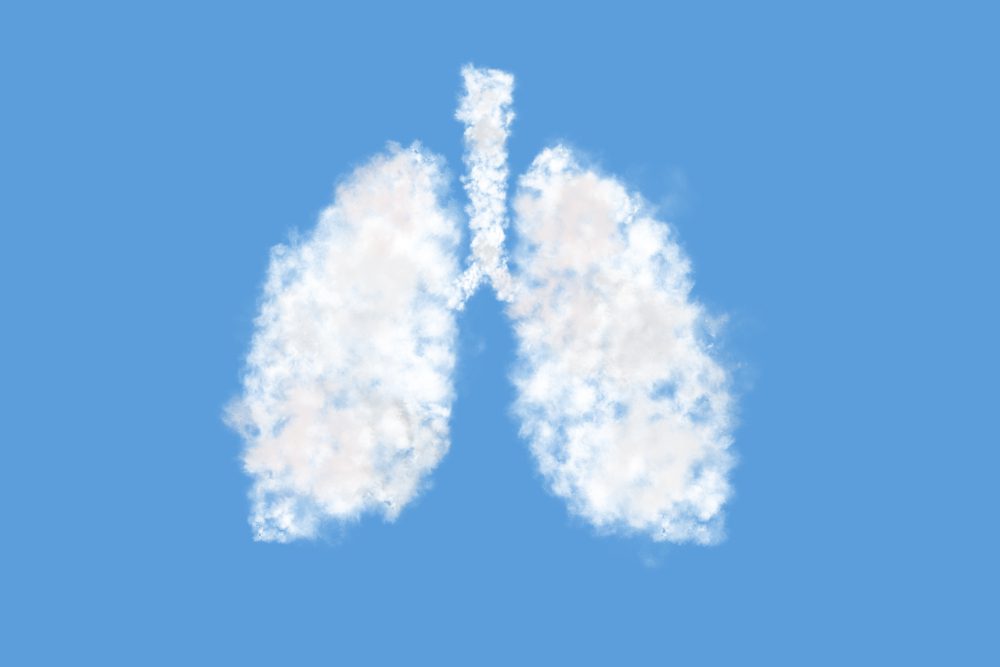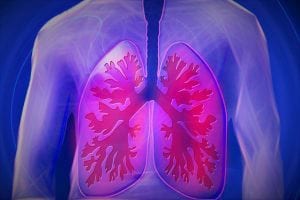Chronic obstructive pulmonary disease (COPD) remains one of the leading causes of illness and mortality worldwide, but new research highlights how its prevalence and overall disease burden vary considerably across different regions and populations. This variation, revealed in a recent epidemiological analysis, underscores the complexity of COPD as a public health challenge and points to the need for region-specific strategies in prevention and management.
COPD, a progressive lung disease characterized by airflow limitation, is most commonly caused by long-term exposure to cigarette smoke and environmental pollutants. Symptoms such as chronic cough, shortness of breath, and frequent respiratory infections can severely impact patients’ quality of life. The global health implications of COPD are profound, as the disease is a major contributor to disability, health care costs, and premature death.
The recent analysis found that the prevalence of COPD is not uniform around the world. Instead, striking differences exist between countries and even within regions. Factors driving these differences include environmental exposures, genetic predisposition, and the availability of health care resources. For example, regions with high rates of smoking, such as Eastern Europe and parts of Asia, tend to report higher COPD prevalence. Similarly, areas with increased exposure to indoor air pollution—often from burning biomass fuels for cooking and heating—also see a greater disease burden, particularly in low- and middle-income countries.
In contrast, some high-income regions have seen stabilization or even slight declines in COPD rates, attributed to more effective tobacco control policies, improved air quality, and better access to medical care. However, even in these areas, aging populations and historic smoking rates continue to influence the burden of disease.
The study also highlights that underdiagnosis and misdiagnosis of COPD remain significant problems, especially in resource-limited settings. Many individuals with mild or moderate disease may not seek care until symptoms become severe. This delay in diagnosis not only worsens patient outcomes but also complicates efforts to gauge the true scope of the disease.
Another key finding involves the burden of COPD in terms of disability and mortality. While higher prevalence naturally correlates with a greater number of cases, the impact of COPD is felt most acutely in regions with limited access to effective treatments. In such settings, patients are more likely to experience frequent exacerbations, hospitalizations, and early death.
Addressing the global challenge of COPD requires a nuanced understanding of these regional differences. Public health initiatives must be tailored to local risk factors, such as reducing tobacco use, improving indoor air quality, and increasing awareness about early symptoms. Expanding access to diagnostic tools and effective therapies is also critical, particularly in underserved areas.








